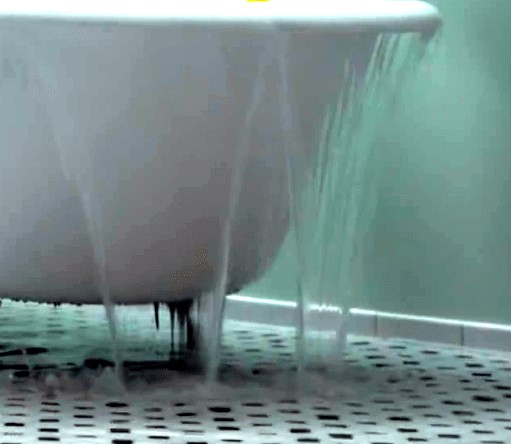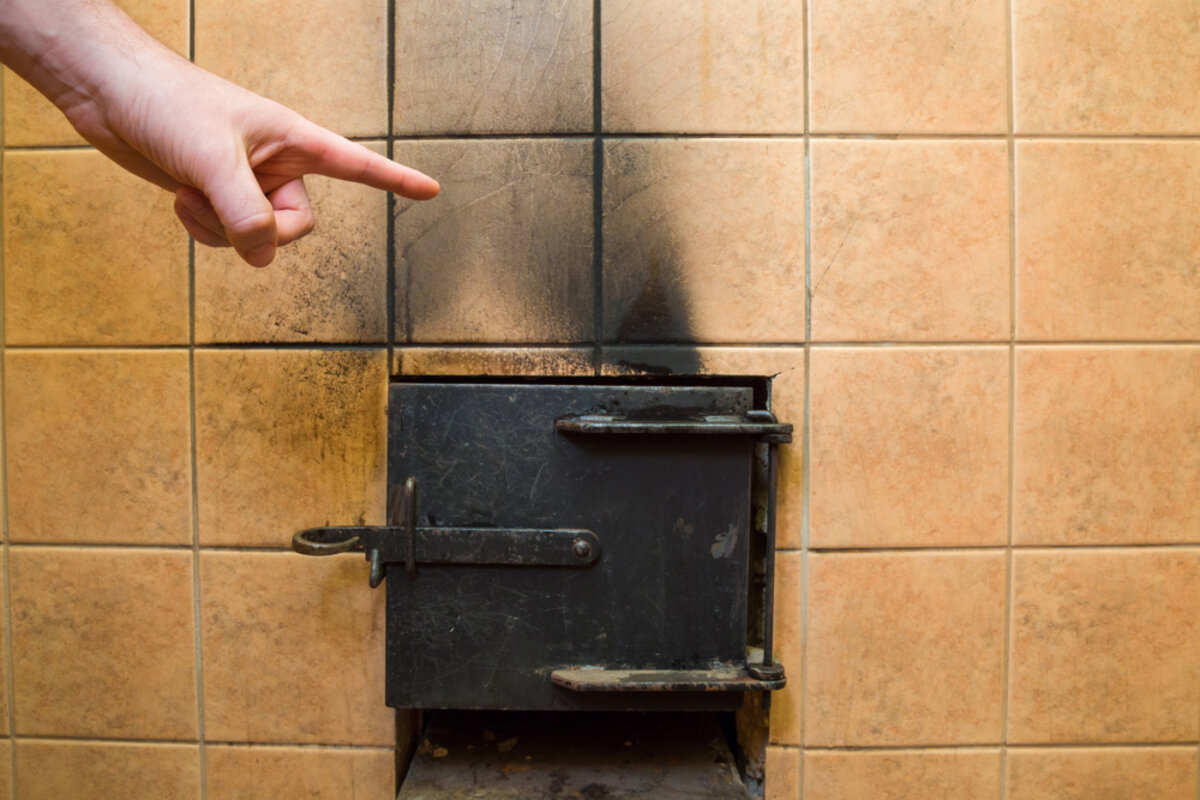Service Restoration - Water Damage Restoration
Overflowing Bathtub?

Almost every homeowner in their lifetime, will have to deal with a bathtub overflow. Knowing what to do in the event, could end up saving you a ton of time and money. If you aren’t up for the job, it’s always best to hire a professional water restoration company, such as Service Restoration to help you out.
The number one cause of a bathtub overflow, oddly enough, is simply forgetting. Many people (me included) have left the water running for it to fill up while we go and take care of whatever other task we had in mind. This as you can see, can be a set-up for disaster. Our attention can quickly be consumed by another task, all while gallons of water end up on the floor.
Should I Do It Myself?

Depending on the severity of the mess, you could always clean it up yourself as best as you can. Keep in mind, time is critical when dealing with water damage. If water happens to soak through the floor, or get into the drywall, then you might want to think about getting some water restoration services.
The major reason being, electrical damages, and possible future mold outbreaks. As you can see your problem could go from bad to worse in a hurry, if you don’t know what you’re doing.
Also keep in mind if your bathroom is on the second flood, there is a good chance you might have ceiling water damage. Water can also seep in behind the tub and start dripping through your ceiling, if not cleaned up properly.
Cleaning Up The Mess

If you are up for DIY, here are a few tools and materials you might need:
- Screwdrivers
- Replacement overflow gasket
- All-purpose utility knife
- Tub-and-tile caulk
- Wet/dry vac
- Fans
- First, it’s always best to shut off the water source or the main water line. You want to confirm the source of the leak as quickly as possible. Even if you plan on hiring a water restoration expert, its best to try and find the source so it can quickly be resolved.
- Try and get as much of the water cleaned up as possible, either with the wet vac or a mop and bucket.
- Next, check the overflow gasket: The tub overflow drain has a gasket just behind it that becomes compressed over time. For the checking of the overflow gasket, remove the plate with a screwdriver. If you think that this is the cause of the damage, then replace the overflow gasket and check whether the leak is gone or not.
- In case the overflow gasket is intact and does not seem to stop the leakage then you can try the following things:
- Make sure the gasket is installed correctly, and it is in the center of the tub overflow drain.
- Inspect carefully the edge of the overflow plate for any nicks as well as corrosion.
- Inspect the seal on the shower parts and apply new caulk if needed.
- After turning the main water line back on, listen carefully for any water trickling behind the walls. This could indicate a broken pipe which will need to be replaced.
- Tear our any wet drywall, including ceiling damage, as this will more than likely turn into mold.
- If the damage is superficial, use the highest powered fan you have and dry out any wet areas on the walls, ceilings, or floors.
- If you start to see bowing in the floor or walls, the damage has been done, and will need to be replaced.
For any serious floods, make sure to call a water restoration service to save time and energy.




















